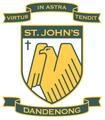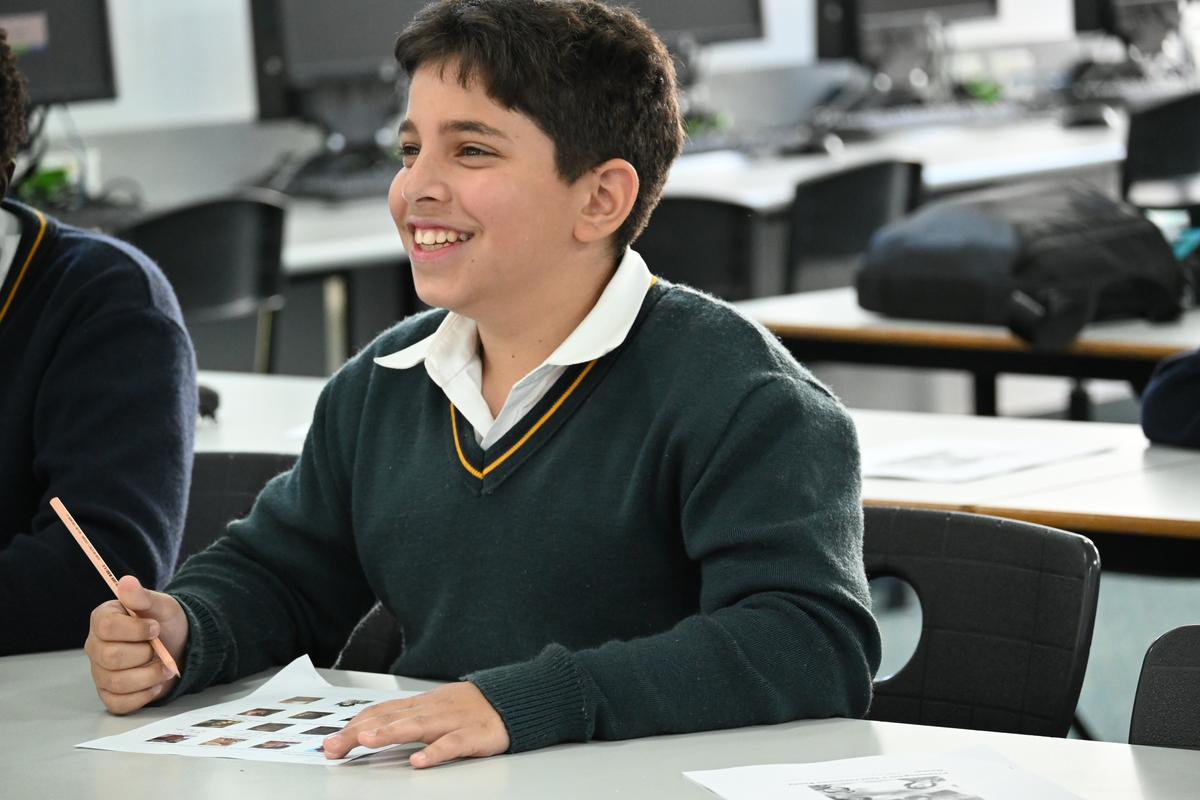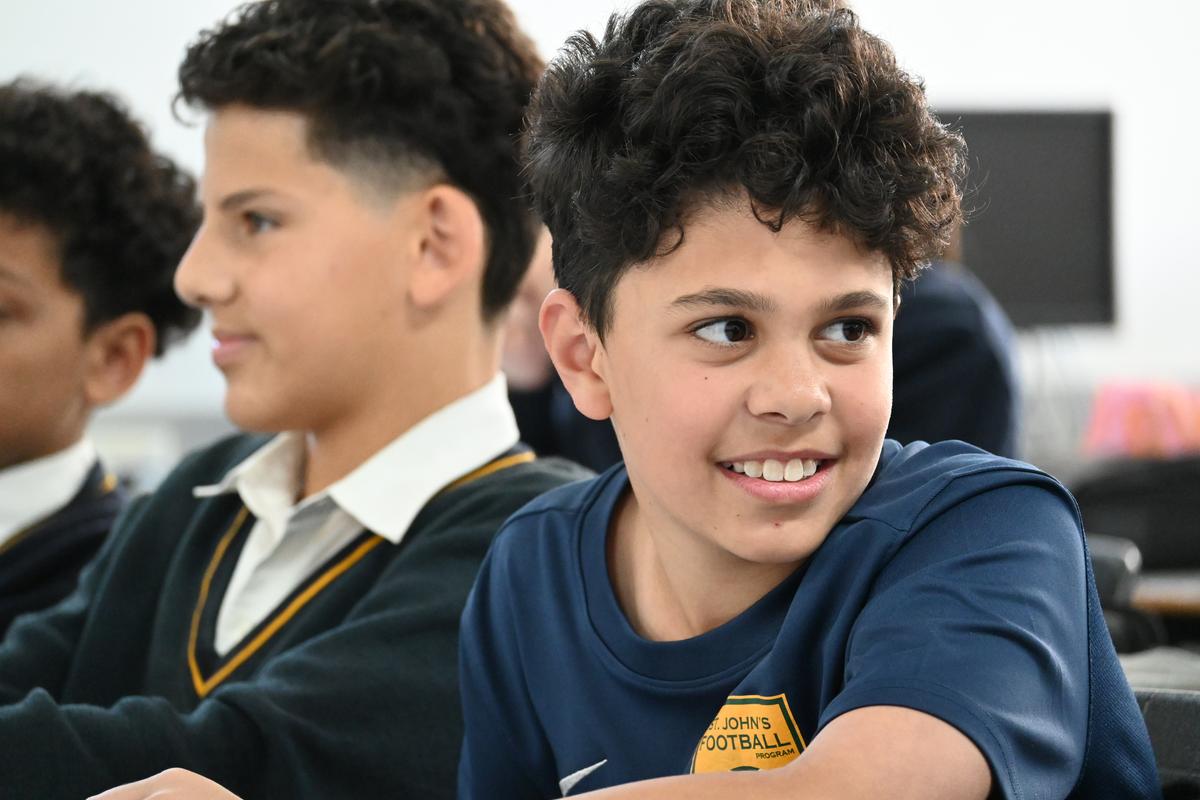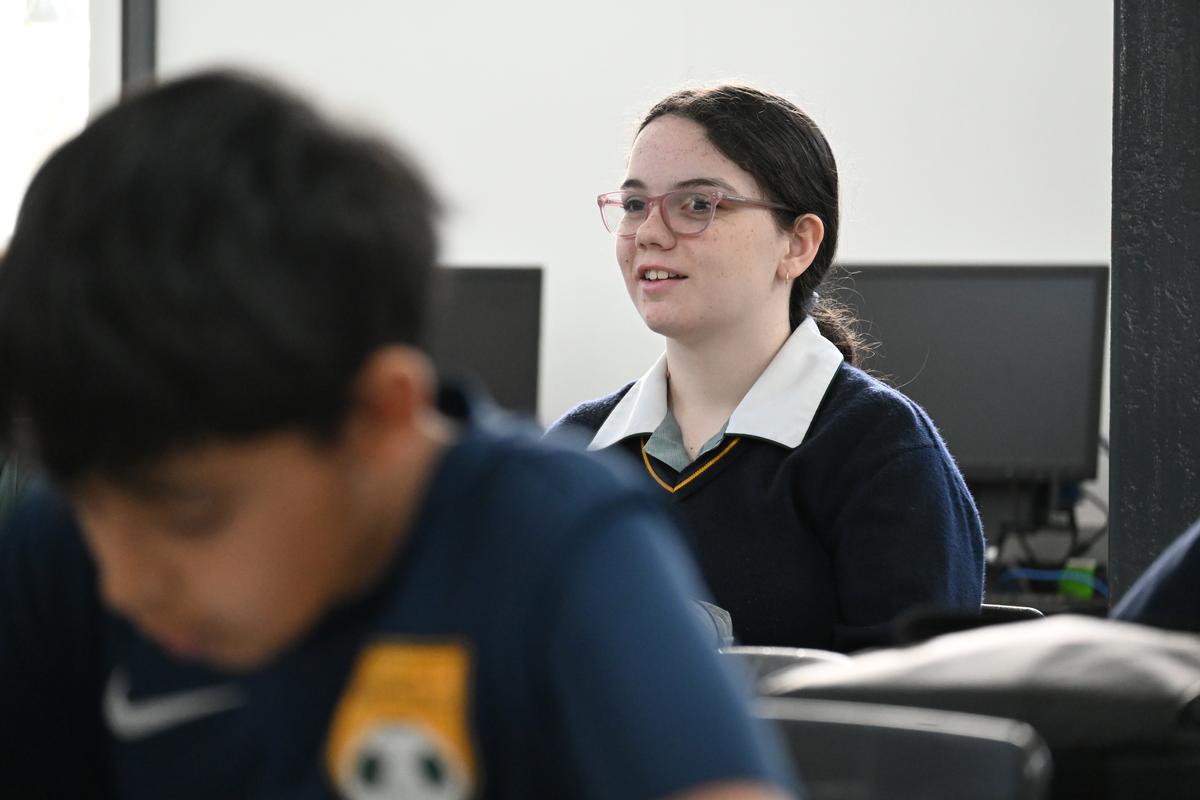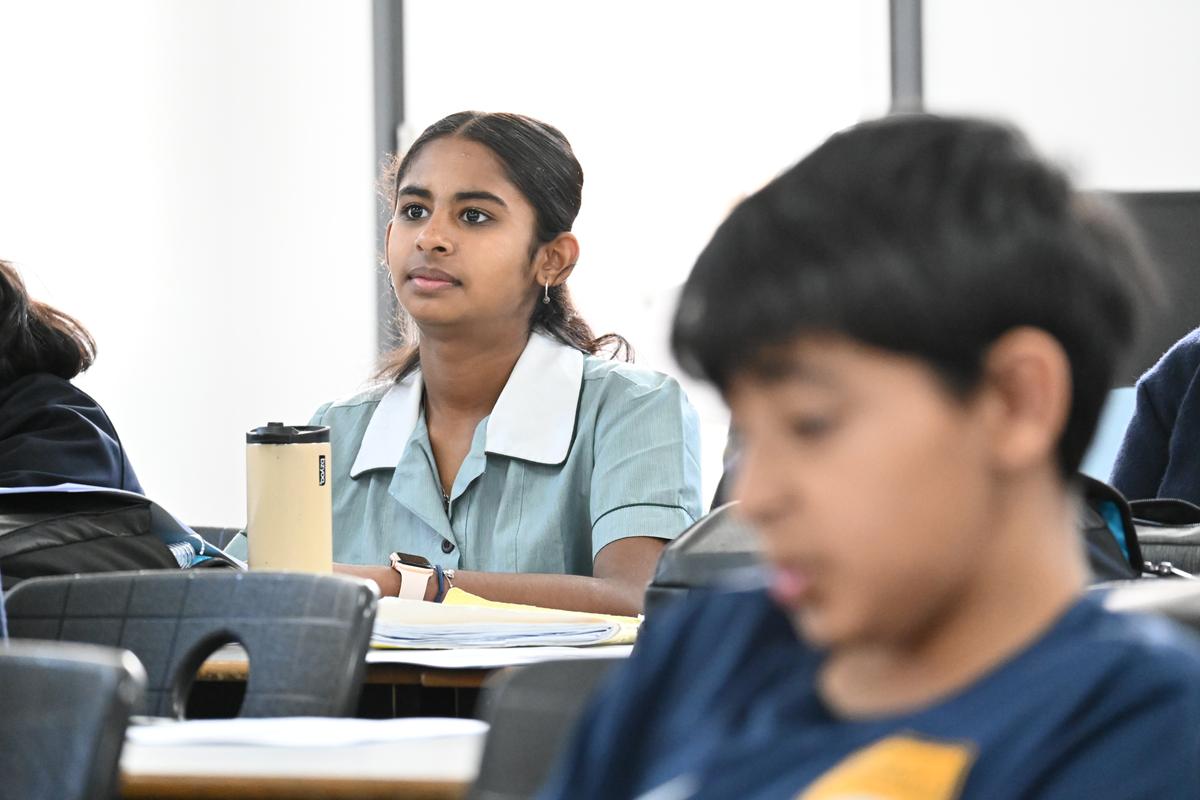STEP in the Junior Years

STEP in the Junior Years
The STEP Program at St John's Regional College is an integrated approach to the teaching and learning of English and Humanities (History, Geography, Commerce and Civics and Citizenship) at the Year 7 and 8 levels. Its purpose is to incorporate a cross-faculty program that assists with a smooth transition into secondary school. Students are taught by one teacher, meaning the students have a principal teacher to continue to help them transition from primary to secondary school. It ensures students have a secure base at secondary school with the STEP teacher. The STEP program fosters connectedness to school and promotes the development of a unique identity, enabling students to view themselves as a member of the St John's Regional College community. Combining explicit teaching with inquiry-based learning across the learning areas encourages students to be independent and motivated learners.
Our teachers of the Year 7 & 8 STEP Programs are:
YEAR 7 STEP
Ms Havah Klajn
Mr Mark Alexander
Mr Nathan Goicoa
Mr Eamonn Farrelly
Mr Peter Samuel
YEAR 8 STEP
Mr Andrew Dias
Mr Paddy O'Connell
Mr Nathan Goicoa
Ms Kamila Bielinski / Ms Emily Dias
Below are some reflections from some of our students of the Year 7 & 8 STEP Programs:
In STEP this semester, the year 8s studied Rebecca Lim's novel Tiger Daughter. The novel allowed us insight into migration in Australia and the challenges faced by each individual. During the term, we learnt how to perfect our TEEL essay writing abilities by using quotes and topic sentences from the novel.
Later in the term, we discovered the Renaissance period in history, its cause, and its impact on society. We learnt about the difficulties addressed to each gender, age, and status. I enjoyed learning about how each was affected and raised during this time and researching an individual person and how they contributed to the Renaissance.
By Jess Cole 8AQ3
In STEP this semester, we studied the period of the Renaissance. The Renaissance began in the 14th century and ended in the 17th century. It was a time when modern-day culture was developed. Art, including music and architecture, was improved by artists at the time to be non-religious and detailed, such as incorporating the human anatomy in paintings and inspiration from Ancient Roman designs into buildings. Great scientific discoveries such as the Heliocentric Theory and Laws of Gravity were made. What I especially found interesting was the cause of the Renaissance—the main reason being the end of the Black Death during the Medieval era. People started to come out of hiding to populate major cities and question the high-status groups' theories and ideas. More accessible trade routes also allowed people to share ideas around the world. Therefore, it makes society more creative in exploring life and living through individual beliefs. Overall, STEP offered a very in-depth learning experience to understand a crucial part of history.
By Edirimuni Silva – 8CO3
My name is Gabriel Highland, and in STEP this semester, we studied fascinating topics, including Fractured Greek Myths, Ancient Civilisations and the 12 Labours of Heracles. These subjects have expanded my understanding of ancient history and mythology, sparking a more profound interest in these captivating stories. I particularly enjoyed the group projects, which allowed us to collaborate, share ideas, and explore topics more creatively. One highlight was writing letters to the new Year 7s who will join St John's next year, as it gave me the chance to reflect on my learning journey and offer advice.
Through STEP, I discovered how much more depth there is to ancient history, far beyond what I had previously known. Working on group and individual projects helped me develop my teamwork, independent learning, and research skills. Overall, I enjoyed the creative and hands-on lessons, which made learning more fun and exciting.
By Gabriel Highland – 7AQ2
My name is Sean Chakiath Saju. This semester in STEP, we explored the significance of ancient civilisations and how their innovations influence today's technology and society.
We began with ancient Greece, focusing on Hercules and his 12 labourers, for which we researched and presented two labourers that were chosen for us. Our focus then shifted to China, where we examined the 12 features of an ancient civilisation more clearly. For our final challenge, we were told to select our ancient civilisation, do some research, and make a team of 4 or 5 and work together to create a PowerPoint covering each feature of said civilisation.
I thoroughly enjoyed discovering these civilisations' vast innovations and rich cultures, many of which still resonate today. Researching history was particularly rewarding, as it is one of the most important subjects to study, offering insights into our present and future.
By Sean Chakiath Saju – 7LE2
